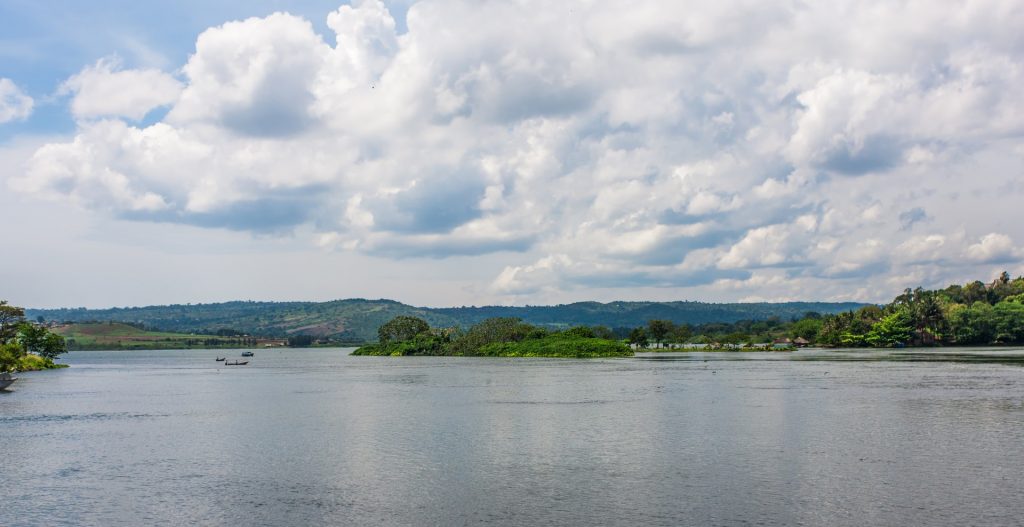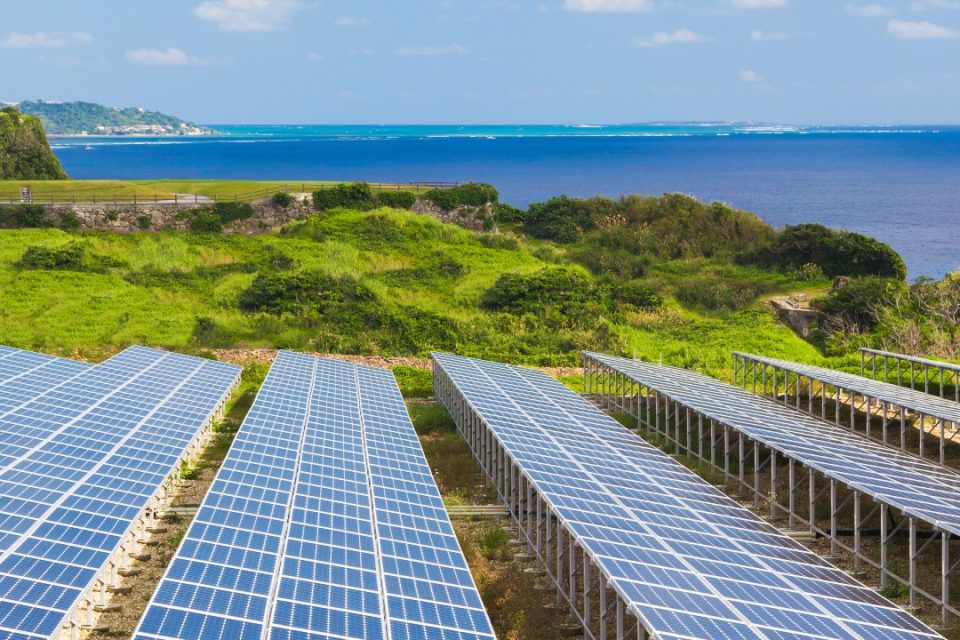In situations where water is the constraining factor to produce more hydro-electricity—which is a common situation—hydro and solar complement each other.
In this proposition solar takes center-stage during peak radiation hours while hydro takes over when there is overcast or at night. Water saved when electricity is produced by solar is used at night or when it is cloudy. The water reservoir serves as a virtual battery for photo-voltaic power. Total power production exceeds the installed capacity for hydroelectricity, while the unpredictability and recurrent unavailability of solar (at night) is balanced by the flexibility of reservoir-based hydro—which can quickly go from zero to maximum output. Logistically it makes sense because both power sources use the same transmission infrastructure—which is a main cost factor—and are consolidated into a single grid connection. It generates cheap, reliable, and renewable energy.
The cost of solar fell by 89% since 2009 (Paul Krugman, NYT, 23 Apr 2021) but it requires back-up facilities for when the sun is not shining. Thermal power is more expensive and emits greenhouse gasses, and not all solar installations will be connected to the grid. Batteries have a finite lifespan and are also (very) expensive, specifically if enough capacity is needed to account for multiple days with cloudy weather. By contrast, water stored in a reservoir equipped with a turbine-generator provides cheap backup power with a long lifecycle.
Two prime (large-scale) examples of where hydro and solar can supplement each other are Lake Victoria—on the equator—and Rusumo Falls on river Kagera.
Lake Victoria is the principal reservoir for the cascade of hydropower facilities on the Victoria and Kyoga Nile. The life storage of the lake is immense and approximates 180 cubic kilometers of water. Nevertheless, water is still the constraining factor in hydro-electricity production in the series of facilities downstream of the lake. Specifically, the Nalubaale and Kiira hydropower plants have installed capacity that exceeds the historic long-term flow regime of the Victoria Nile. Combining these facilities with solar would save water during the day that could be released in the evening or at night. In addition, it could offset (growing) consumptive water use for other productive purposes such as irrigation, which is being considered in the upstream catchments.

The Rusumo Falls Hydro-electricity Plant is an 80 MW facility that is being constructed on river Kagera as part of the NBI investment program. Rusumo Falls is effectively a ‘run-of-river’ scheme but the facility has some limited storage capacity. It is therefore ideal for balancing solar with hydro. This setup would increase (valuable) firm energy as well as total power produced.
Solar is now significantly cheaper than hydro. Installation costs for solar are currently below 1 US$/Watt compared to around 3 US$/Watt for hydro in many countries in Sub-Saharan Africa. It is noted that the latter figure often includes power transmission infrastructure, which is expensive. Nevertheless, combining the two power sources—and capitalizing on the comparative strength of each type of power generation—will improve the economic viability of hydro power, which remains the preferred choice for many countries because of its longevity and cheap operating expenses. When comparing average unit costs of energy, hydropower is a factor 2.5 times cheaper than thermal energy produced with natural gas (Nile State of Basin Report 2012). Thermal produced with oil is even more expensive.
From an IWRM perspective, combining solar with hydro increases the versatility of a multi-purpose reservoir. It offers additional flexibility to water managers to allocate storage capacity to a variety of functions, and thus enhances the multi-purpose nature of the reservoir.
Specific IWRM benefits of the hydro-solar setup are:
- More storage capacity can be reserved for other functions, such as flood control, without compromising power output
- More (valuable) firm energy is generated, with less storage capacity
- Hence, there is more water for augmenting environmental flows, or for irrigation or drought management
- Water managers have more options to accommodate the (future) impacts of climate change
- Longer economic lifespan (and thus higher return on investment) since loss of storage capacity because of siltation is offset by solar power potential
‘options are at the basis of resilience’
The above benefits are valuable and strengthen the resilience of water-dependent ecological and socio-economic systems. It also results in cheaper (and more) power, which is produced locally and does not have to be imported. Moreover, solar capacity can be added incrementally as a function of increasing demand for power. If land is a constraining factor, solar can be installed on a structure that floats in the reservoir or lake, although that adds a layer of complexity and should be carefully reviewed.
In summary, combining solar with hydro—The Two Sisters—is an option worth considering.
